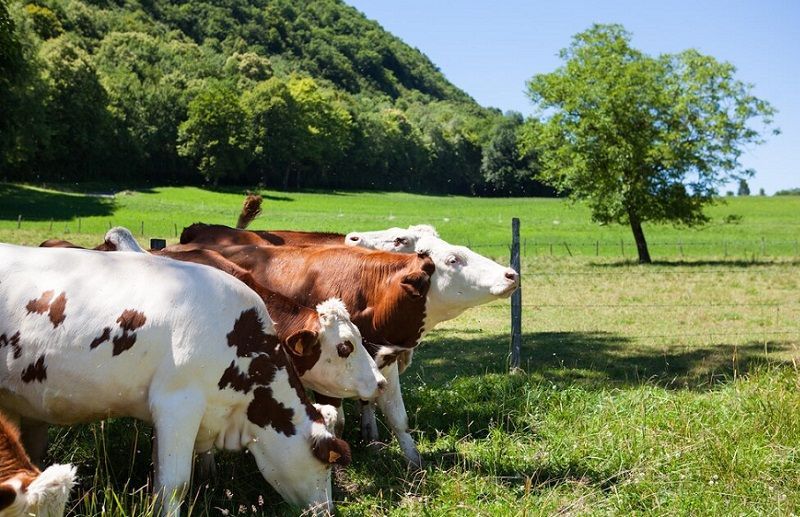Assessing Avian Flu's Impact on Dairy Prices: A Tale of Resilience Amid Uncertainty
Sourse: The DairyNews
The Highly Pathogenic Avian Influenza (HPAI) outbreak has stirred concerns across the dairy industry, with eight states reporting cases in dairy herds, including North Carolina and South Dakota as the latest additions. Yet, the dairy sector appears relatively resilient in the face of this viral threat, with minimal disruptions compared to its beef counterpart.

While the impact on dairy prices remains uncertain, the virus has primarily affected beef futures, reflecting trader anxieties about potential declines in beef demand if the virus spreads to beef cattle. Conversely, the dairy market has seen little effect on younger dairy cattle.
Analysts debate the bullish and bearish implications for dairy prices. On one hand, ongoing outbreaks could curtail milk production as infected cows experience reduced feed consumption and milk output. On the other, consumer fears may dampen milk demand, despite the safety of pasteurization. Nonetheless, current market fluctuations are attributed to routine business activities rather than avian flu concerns.
Amidst these uncertainties, there is a silver lining in the form of improving international demand. February witnessed a rebound in dairy exports after 12 consecutive months of decline, particularly in cheese exports, which surged by 22.1% year-over-year. Additionally, the enrollment deadline for the 2024 Dairy Margin Coverage program looms, offering risk management opportunities for dairy farmers.
However, the USDA's proposed changes to livestock reporting may introduce new challenges, potentially reducing transparency and increasing market volatility.
In conclusion, while avian flu poses uncertainties for the dairy industry, its resilience coupled with improving international demand paints a cautiously optimistic picture for dairy prices in the foreseeable future.
Analysts debate the bullish and bearish implications for dairy prices. On one hand, ongoing outbreaks could curtail milk production as infected cows experience reduced feed consumption and milk output. On the other, consumer fears may dampen milk demand, despite the safety of pasteurization. Nonetheless, current market fluctuations are attributed to routine business activities rather than avian flu concerns.
Amidst these uncertainties, there is a silver lining in the form of improving international demand. February witnessed a rebound in dairy exports after 12 consecutive months of decline, particularly in cheese exports, which surged by 22.1% year-over-year. Additionally, the enrollment deadline for the 2024 Dairy Margin Coverage program looms, offering risk management opportunities for dairy farmers.
However, the USDA's proposed changes to livestock reporting may introduce new challenges, potentially reducing transparency and increasing market volatility.
In conclusion, while avian flu poses uncertainties for the dairy industry, its resilience coupled with improving international demand paints a cautiously optimistic picture for dairy prices in the foreseeable future.
Key News of the Week











